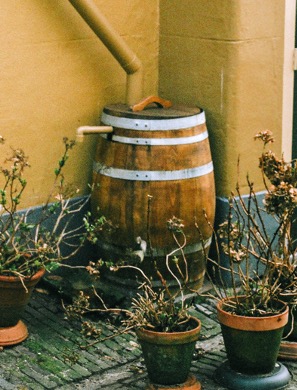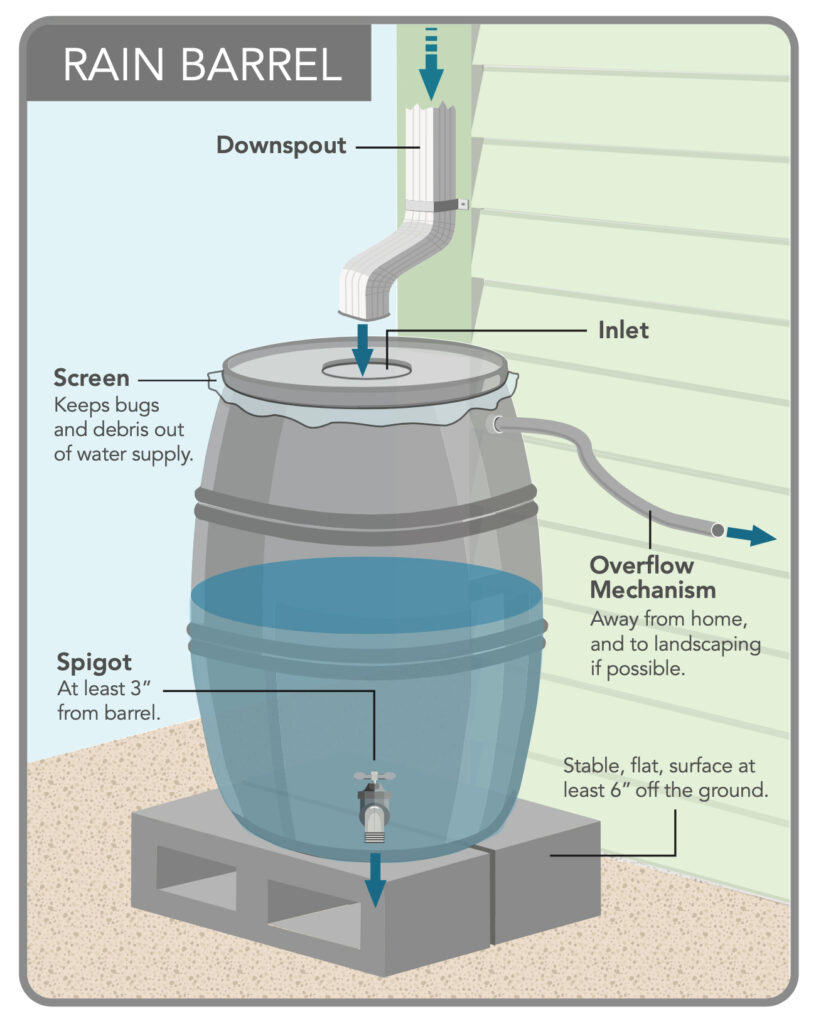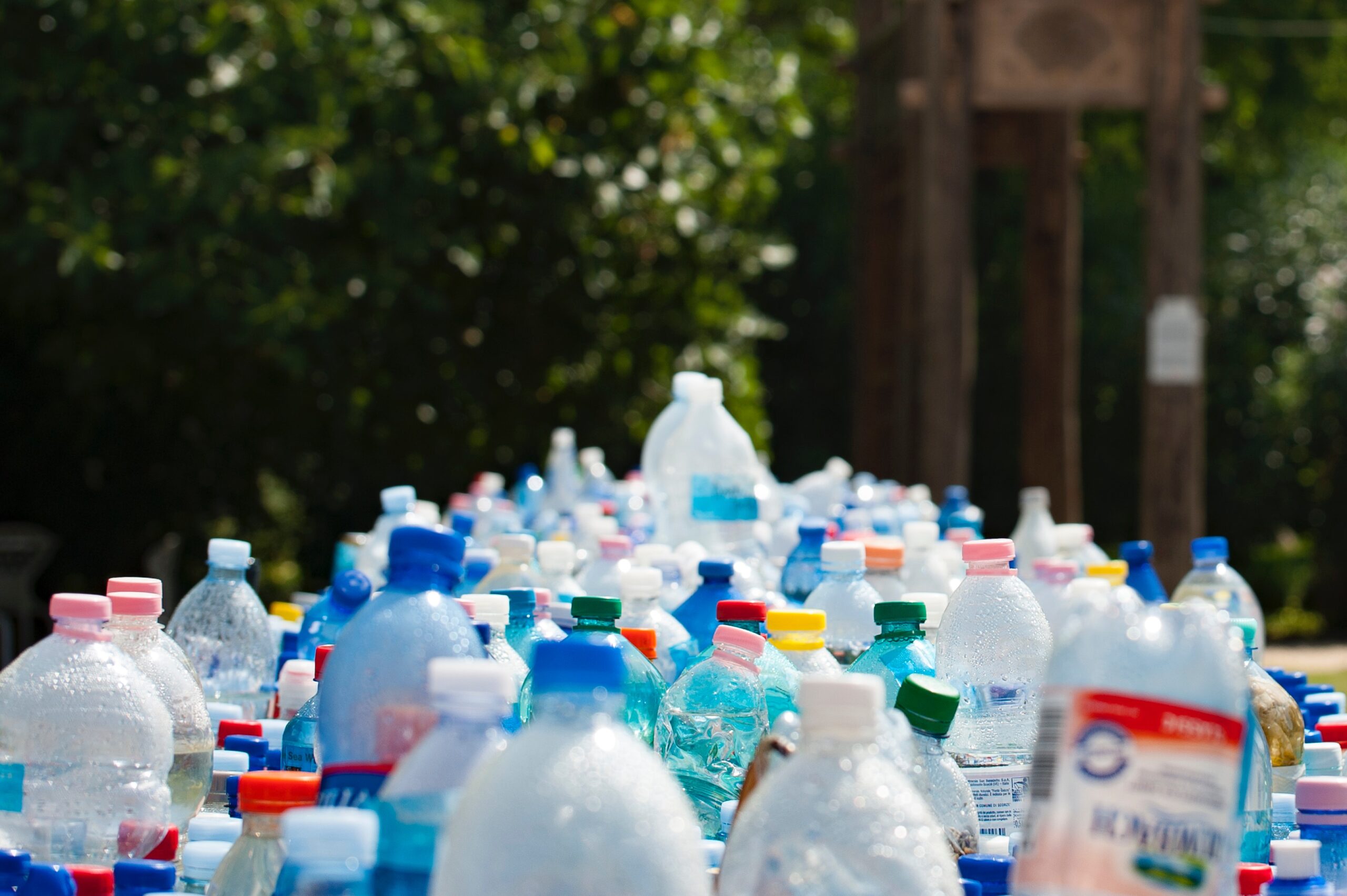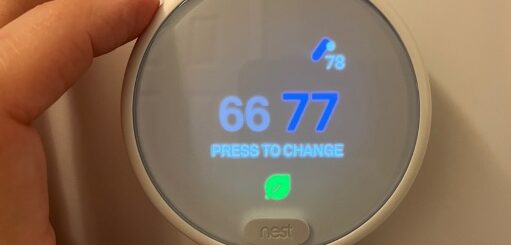Rain Barrels: Harnessing Rainwater Runoff for Sustainable Home Gardens

Water scarcity and the need for sustainable water management have become increasingly important in recent years. One simple yet effective solution for homeowners to conserve water is by utilizing rain barrels to capture and store rainwater runoff. This article explores the benefits of rain barrels, provides guidance on making homemade rain barrels, and highlights commercially available options.
Benefits of Rain Barrels for Water Conservation
- Water Conservation: Rain barrels offer an eco-friendly solution to reduce water consumption. By collecting and storing rainwater, homeowners can use it to irrigate their gardens, reducing the need for treated tap water or well water1.
- Cost Savings: Utilizing rainwater can significantly reduce water bills, especially during dry periods when outdoor irrigation demands increase. Rain barrels provide a cost-effective alternative to traditional water sources.
- Environmental Benefits: Harvesting rainwater helps to alleviate the strain on municipal water supplies and reduces the energy required for water treatment and distribution. By conserving water, homeowners can contribute to overall water sustainability and reduce their carbon footprint2.
Building Your Own Rain Barrel
Constructing a rain barrel for your home garden is a straightforward and rewarding DIY project. Here’s a step-by-step guide to creating your homemade rain barrel:
- Select a Barrel: Choose a sturdy, food-grade barrel with a capacity of 50 to 100 gallons. Look for barrels made of high-density polyethylene (HDPE) or polypropylene, as they are durable and resistant to UV degradation.
- Gather Materials: Besides the barrel, you’ll need a few additional supplies:
- Mesh screen or mosquito netting
- PVC pipe and fittings
- Sealant (e.g., silicone caulk)
- Spigot or tap
- Overflow hose or diverter
- Tools (e.g., drill, jigsaw, pipe wrench)
- Prepare the Barrel: Clean the barrel thoroughly to remove any residue or contaminants. Ensure the barrel has a removable lid or access point for easy maintenance.
- Install a Spigot: Drill a hole near the barrel’s bottom and install a spigot or tap. Use a pipe wrench to secure it tightly, ensuring a leak-free connection.
- Create an Overflow System: Drill a small hole near the top of the barrel and attach an overflow hose or diverter. This allows excess water to divert away once the barrel is full, preventing overflow and potential water damage.
- Install a Screen: Cut a hole in the top of the barrel slightly smaller than the diameter of the PVC pipe. Attach a mesh screen or mosquito netting over the hole to filter out debris and prevent mosquito breeding.
- Connect a Downspout: Position the rain barrel beneath a downspout to capture rainwater efficiently. Redirect the downspout into the barrel using PVC pipe and fittings. Ensure a secure connection and consider adding a diverter to control water flow.

Commercially Available Rain Barrels
If DIY projects aren’t your forte, numerous commercially available rain barrels cater to different needs and preferences. These options offer convenience and customization:
- Capacity and Design: Commercial rain barrels come in various sizes, ranging from 30 to 300 gallons, allowing homeowners to choose the ideal capacity for their garden’s water requirements. They also come in different shapes and colors, blending aesthetically with the surroundings.
- Features and Accessories: Many commercial rain barrels include built-in features such as debris screens, removable lids, and overflow valves. Some models may have integrated drip irrigation systems or connectivity options to link multiple barrels together.
- Material Durability: Look for rain barrels made from high-quality materials such as recycled plastics, UV-stabilized polyethylene, or durable resin. These materials ensure longevity and resistance to weathering.
Rain barrels offer homeowners an accessible and sustainable way to conserve water, reduce water bills, and promote environmental stewardship. Whether you choose to construct your own rain barrel or purchase a commercially available option, capturing rainwater runoff for use in home gardens is a practical and eco-friendly solution. Embracing rainwater harvesting not only benefits individual households but also contributes to broader water conservation efforts, promoting a more sustainable future.
References
- WaterSense. (n.d.). Rainwater Harvesting. U.S. Environmental Protection Agency. Retrieved from https://www.epa.gov/sites/production/files/2015-10/documents/rainwaterharvestingguide_508.pdf ↩
- HomeAdvisor. (2021). Rain Barrel Cost Guide. Retrieved from https://www.homeadvisor.com/cost/plumbing/rainwater-collection-system/



 Rob McCandless
Rob McCandless


